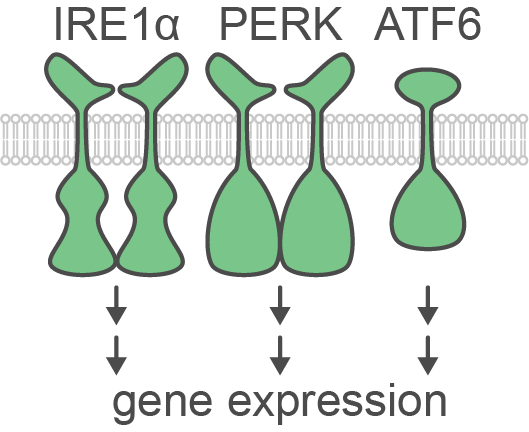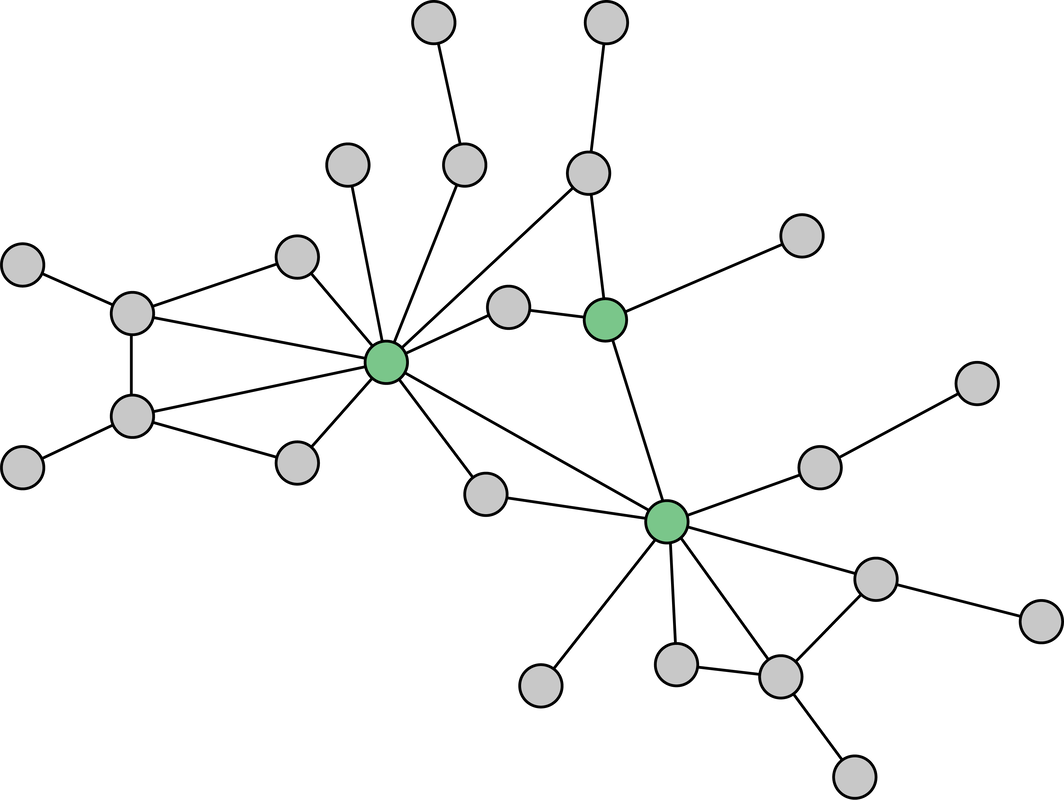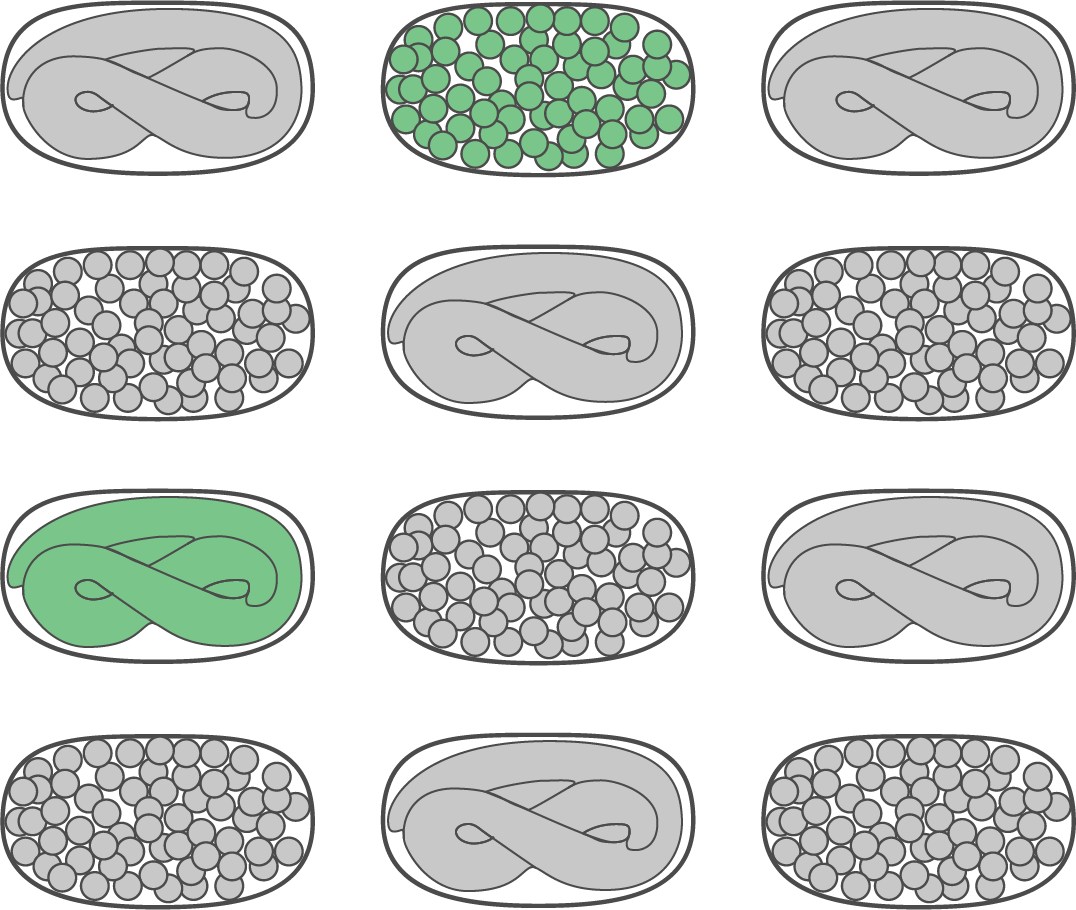Research
|
THE PROBLEM
With the rising economic and social costs of obesity and related disorders, advances in our understanding of the basic processes underlying common metabolic disorders are urgently needed. The outcomes of the proposed work promise to overcome the current research bottleneck that has resulted from the absence of an integrated cross-model approach to the study the conserved roles of endoplasmic reticulum (ER) stress and the unfolded protein response (UPR) during lipid perturbation (LP). Outside of the immediate field of obesity/metabolic research, defining the integration of the UPR with the sensing of cellular lipid balance will add another dimension to current understanding of this important pathway. As UPR signalling is involved in numerous physiological processes besides protein quality control, and has been implicated in the pathogenesis of several conditions involving chronic ER stress, such as diabetes, cystic fibrosis, Parkinson’s disease, Huntington’s disease, Alzheimer’s disease, inflammation, cancer and liver failure. |
|
THE APPROACH
Guillaume Thibault lab applies genomics, proteomics, and advanced imaging biology techniques to better understand the role of the UPR in the context of LP-induced metabolic diseases and why the UPR ultimately fails to protect the cell. Thibault’s group has shown that the UPR can address a wide range of dysfunctions through differential target gene expression depending on the stress. The Thibault laboratory also first described a remodelling of the protein homeostasis network in response to LP which they named the membrane stress response (MSR). Among the MSR, they demonstrated that the UPR is essential for cell survival and to maintain protein biogenesis, quality control, and membrane integrity. A major focus of the lab is to better understand the cell stress responses leading to adaptation or death from LP-induced stress and what cause a cell to go one way or the other. |
THE INNOVATIONS AND DISCOVERIES
|
Thibault lab was inspired by the late Susan Lindquist and other labs to expend the spectrum of model organisms used to answer fundamental questions related to LP-induced stress. S. cerevisiae, C. elegans, and mammalian cells are routinely used by the research team where the benefit of each model organism is exploited.
|
As the ER is the starting point of lipids and membrane proteins biosynthesis, the lab is exploring the impact of LP-induced UPR on key cellular pathways from the ER to other organelles including the nucleus and in crosstalk between the ER and the autophagic machinery. The effect of LP-induced UPR on neighbouring cells is also a focus of the lab.
|
Thibault’s group use different approaches to answer fundamental biological questions and to dissect mechanism associated to LP-induced metabolic diseases. These include classical and innovative biochemical techniques, state-of-the-art transcriptomic and proteomic techniques, in-house lipidomic analysis, fluorescence and super-resolution microscopies, and computational statistics and data analysis done in the lab.
|
SUPPORT
Our research would not be possible without the generous support of different agencies.








